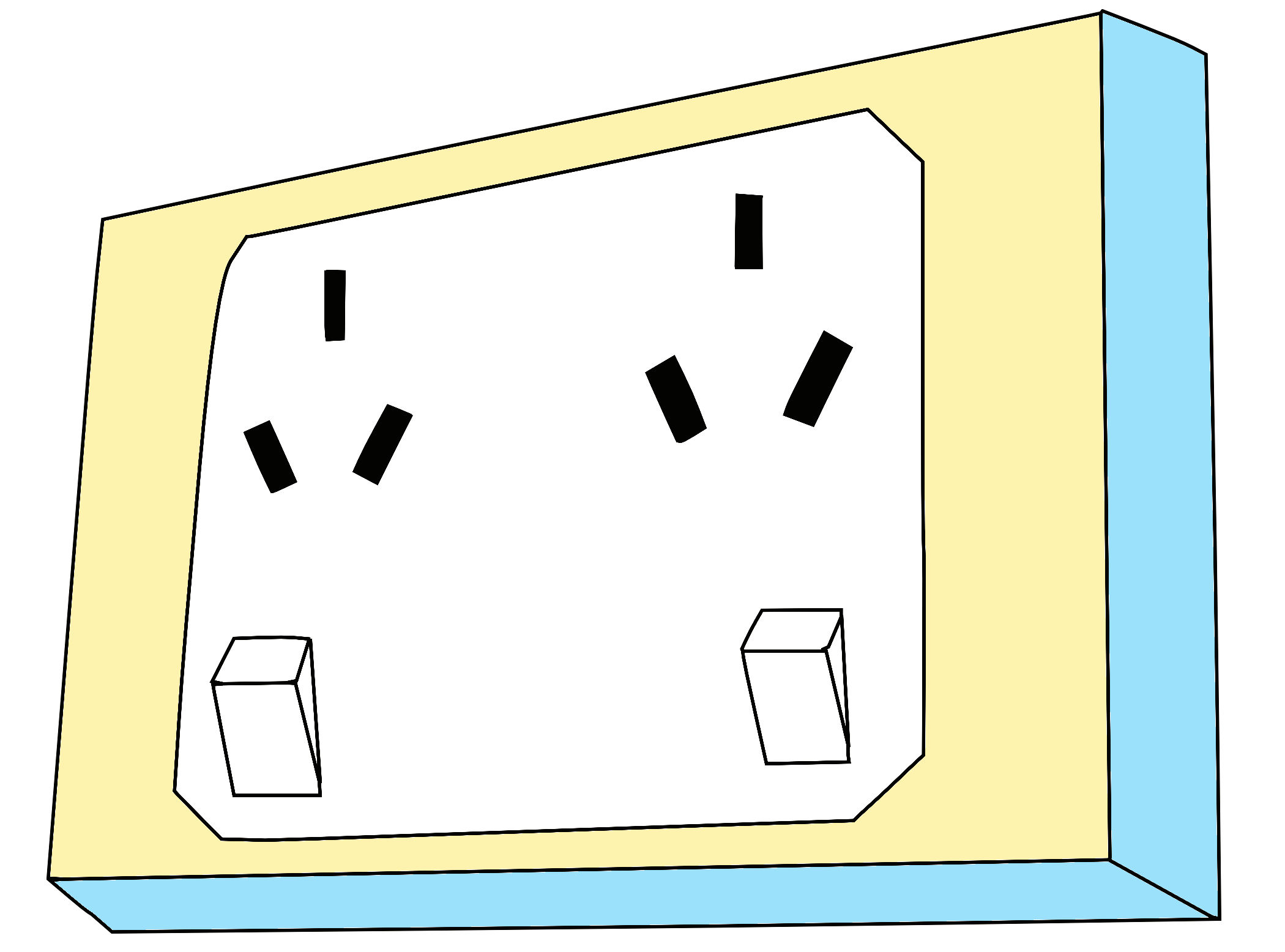Power outlets are an important part of an electrical circuit. It is so easy that you just plug in a laptop on your power outlet socket and your laptop starts charging.
Basically, a power outlet is thus used to supply electricity to any device connected to it. As electricity is a very important part of our life, it is actually necessary to understand how these outlets work.
In this post, we will learn about the working of power outlets.
First of all, let us understand what a power outlet is. As you know, AC power has two lines – phase and neutral. From a power distribution grid system, a single-phase system is distributed. This single-phase line (phase and neutral) is then distributed to various circuit breakers in a local panel. From local panels, this electricity is distributed to various sockets which require electricity. These sockets are called power outlets.
Power outlets allow electrical equipment to connect to the electrical supply. You just need to insert the device in the outlet and your device will start working when switched on. Sockets and outlets vary in different countries and they have their own shapes and sizes. But, the working of an outlet is same.
So, simply, a Power outlet is defined as a source for providing power to the final devices for use requiring it. You cannot directly feed power from the substation to your devices. There are various stages in between and due to transformers and various circuit breakers, you get the final safe power supply for your devices.

Refer to the below image. As discussed earlier, the AC power has two lines. Out of a transformer or circuit breaker, two wires come in the outlet. One is the phase wire and the other is the neutral wire.
In electrical terms, the proper term used for outlets is hot and neutral. Here, hot means phase wire. The phase wire comes and connects to one end.
The neutral wire is connected to the other end and joins the neutral line in the corresponding circuit breaker or transformer.
Now, due to the switch connected to turn on or off the supply, if the switch is off, then no power will flow from the line to neutral even if the device is connected. If the switch turns on, then the power will flow from the line to the device and then back to the neutral; thus completing the circuit.
This method is actually called polarization. The benefit of polarization is that polarized plugs can only be inserted in one orientation, so the switch to turn any device connected to the socket on or off can be built into the hot lead. In a non-polarized plug, the switch may only open the circuit at the neutral lead, which means that most of the internal circuitry of the device is still considered “hot” and can lead to shock hazards.
Now, let us discuss the third pin – ground. As the name suggests, grounding is provided to protect the device and the personnel from any electrical hazards. A grounding wire is connected separately to each outlet and then is connected to the bottom of the breaker box. This can protect the system from overvoltage or sudden surges.
If there is no ground wire, then when you accidentally touch a device and if there is some voltage malfunction, then you may get a shock or in the second scenario, the device itself will get damaged. Grounding nullifies this by passing the leakage current to the ground.
Basically, the working of outlets are the same, be it whichever country, shape, or size.
In this way, we understand the working of a power outlet.
If you liked this article, then please subscribe to our YouTube Channel for Electrical, Electronics, Instrumentation, PLC, and SCADA video tutorials.
You can also follow us on Facebook and Twitter to receive daily updates.
Read Next:
Learn the example of flip-flop PLC program for lamps application using the ladder logic to…
In this article, you will learn the STAR DELTA programming using PLC controller to start…
Lube oil consoles of rotary equipment packages in industrial process plants are usually equipped with…
Rotating equipment packages such as pumps, compressors, turbines need the lube oil consoles for their…
This article explains how to blink lights in ladder logic with a detailed explanation video…
In this article, a simple example will teach you the conversion from Boolean algebra to…